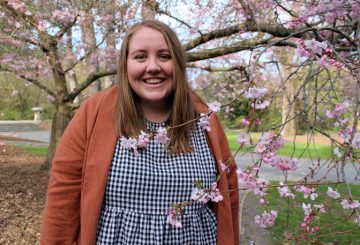民族的背景を持つ子どもの5人に1人が人種差別的ないじめを報告しました。
教育審査局(ERO)は、学校は民族コミュニティの子どもたちに対する人種差別的ないじめを阻止するためにより多くのことをしなければならないと述べています。
事務所が水曜日に発表した報告によると、民族的背景を持つ子どもの5人に1人が過去1か月間に人種差別的ないじめを報告し、3分の1近くが学校がこの問題を真剣に受け止めていないと答えています。
半数以上が、自分の民族や文化を理由に他人に意地悪な思いをしているのを見たと報告し、5人に1人が人種差別的なメッセージを読んだことがあると、報告書「すべての子供たちのための教育:多様な民族を受け入れる」と述べています。
学習者の5人に1人近くが、少なくとも月に1、2回は自分の民族的アイデンティティを隠さなければならないと答え、3分の1は毎週または毎日学校で孤独を感じています。
「人種差別的ないじめや人種的偏見を経験している民族コミュニティからの学習者が多すぎる」と報告書は述べている。
報告書によると、学校の生徒の約16%が民族コミュニティ出身で、そのほとんどがニュージーランドで生まれ、20年以内に30%近くを占めるようになり、そのほとんどがアジアのコミュニティ出身です。
報告書によると、エスニックコミュニティの生徒の80%は、教師が自分たちを公平に扱っていると信じているが、4人に1人以上が、自分の民族性が教師が推奨するコースに影響を与えたと答えています。
報告書によると、エスニックコミュニティの学習者、特にアジアの子どもたちは学校で成績が良かったが、一部のグループでは男女格差が大きく、教師にもっと高い期待を寄せていることが多いという。




























































